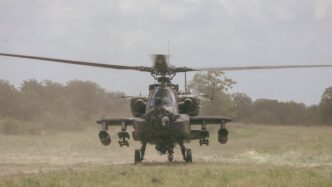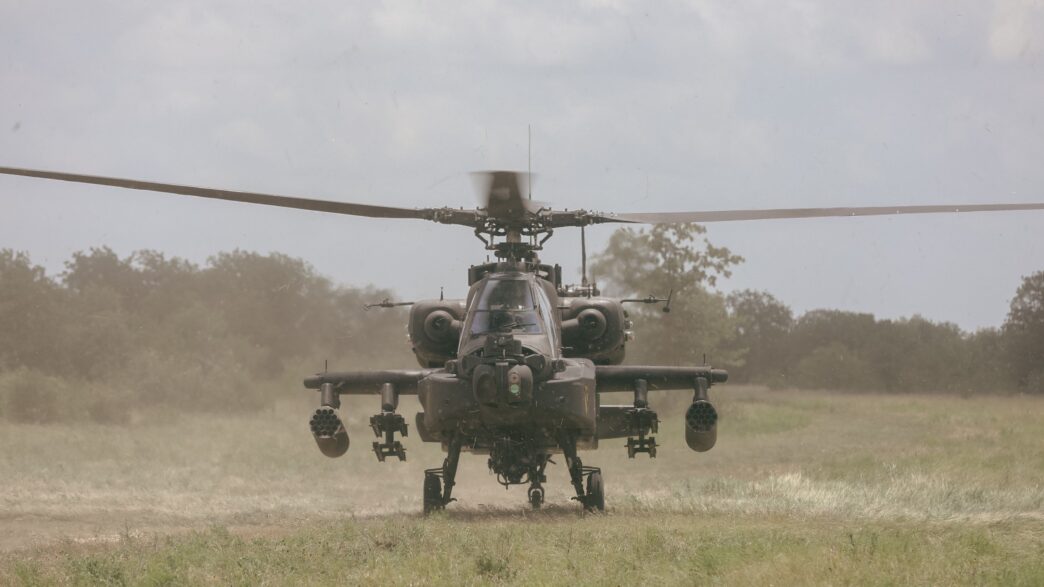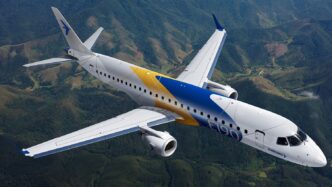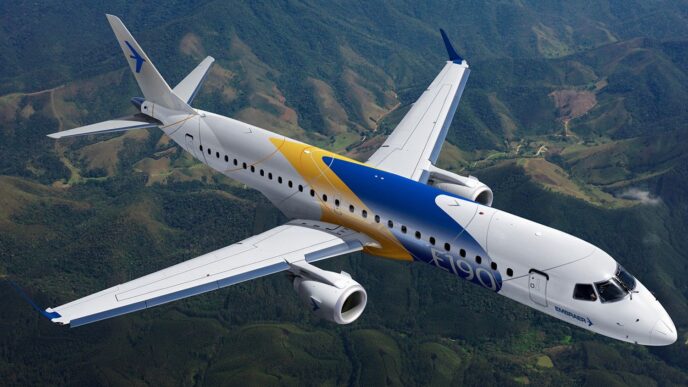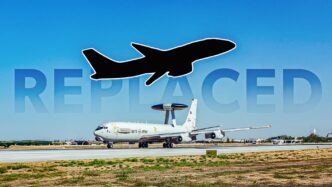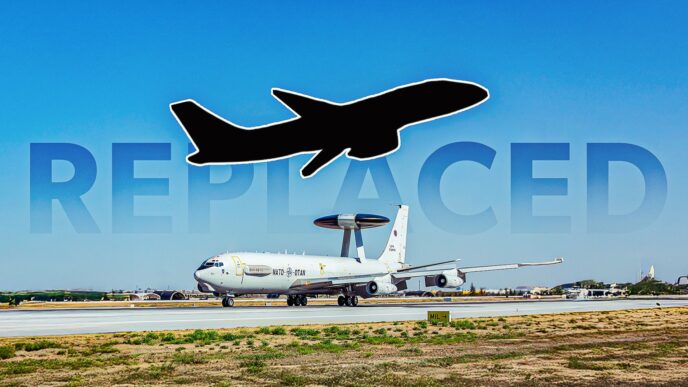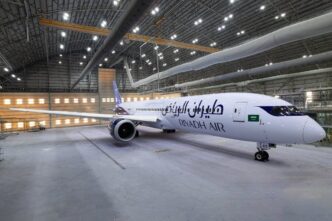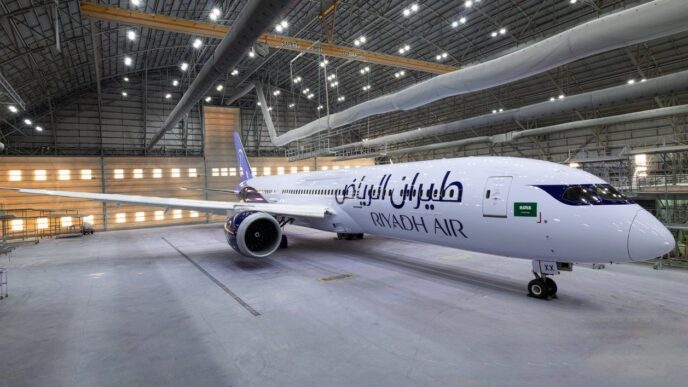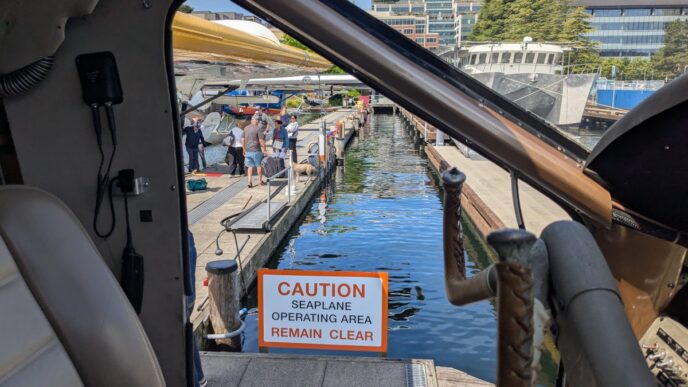Australia is gearing up to welcome the first four of its 29 new Boeing AH-64E Apache attack helicopters, which are nearing the end of their assembly at Boeing’s Mesa, Arizona facility. This acquisition marks a significant upgrade for the Australian Army, offering substantial improvements over the Airbus Tiger helicopters they will replace. The initial batch is expected to touch down in Australia later this year. Valued at around $4 billion AUD ($2.6 billion USD), the program not only covers the helicopters but also includes enhancements to infrastructure and support facilities. According to Boeing’s March press release, this initiative will create over 230 new jobs in Queensland. The complete fleet of 29 Apaches is scheduled for delivery by the end of 2029.
The AH-64E Apache brings a host of upgrades, particularly in terms of armament and armor, compared to the existing Tiger helicopters. While both models are similar in speed and performance, the Apache is significantly heavier, offering enhanced protection. One of the standout features of the Apache is its advanced data-link connectivity and sensor-fusion systems, which enable seamless integration with allied forces like the US Armed Forces and Japanese Self Defense Forces. This capability is crucial for joint operations in the Pacific, where collaboration and information sharing are key to addressing potential threats. Major General Jeremy King of the Australian Defense Forces highlighted the Apache’s cutting-edge capabilities, emphasizing its role in advancing attack and reconnaissance operations, as well as enhancing crewed and uncrewed system teaming.
The latest Apache model is celebrated for its unmatched rotary-wing firepower, boasting superior avionics and weapons systems that enhance both combat effectiveness and flight safety. Since its debut in 1975, the AH-64E has earned a reputation as the premier attack helicopter worldwide, setting the standard for modern military aviation.
#AustralianArmy #ApacheHelicopters #MilitaryUpgrades #DefenseInnovation #AviationExcellence
Originally reported by Simple Flying Read More
